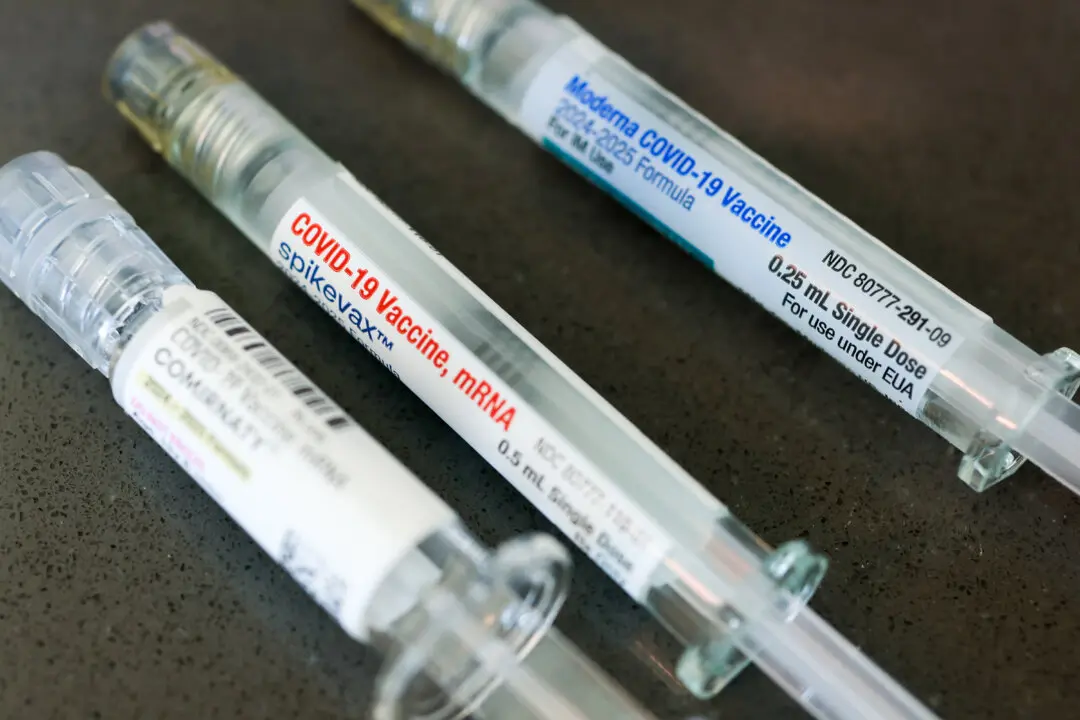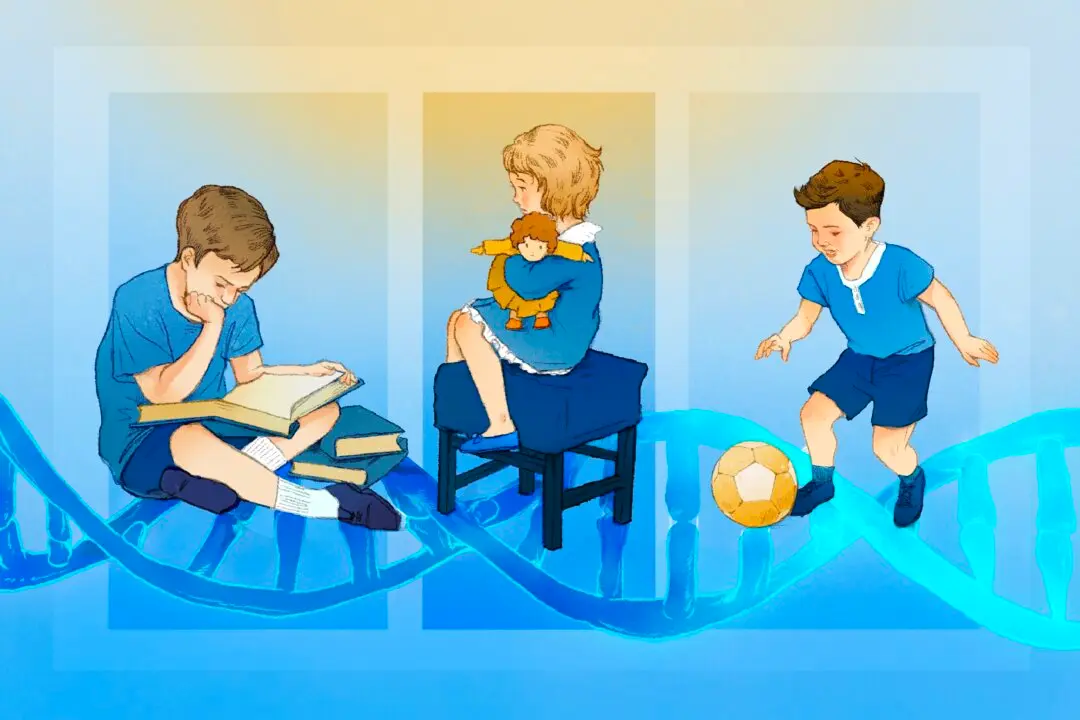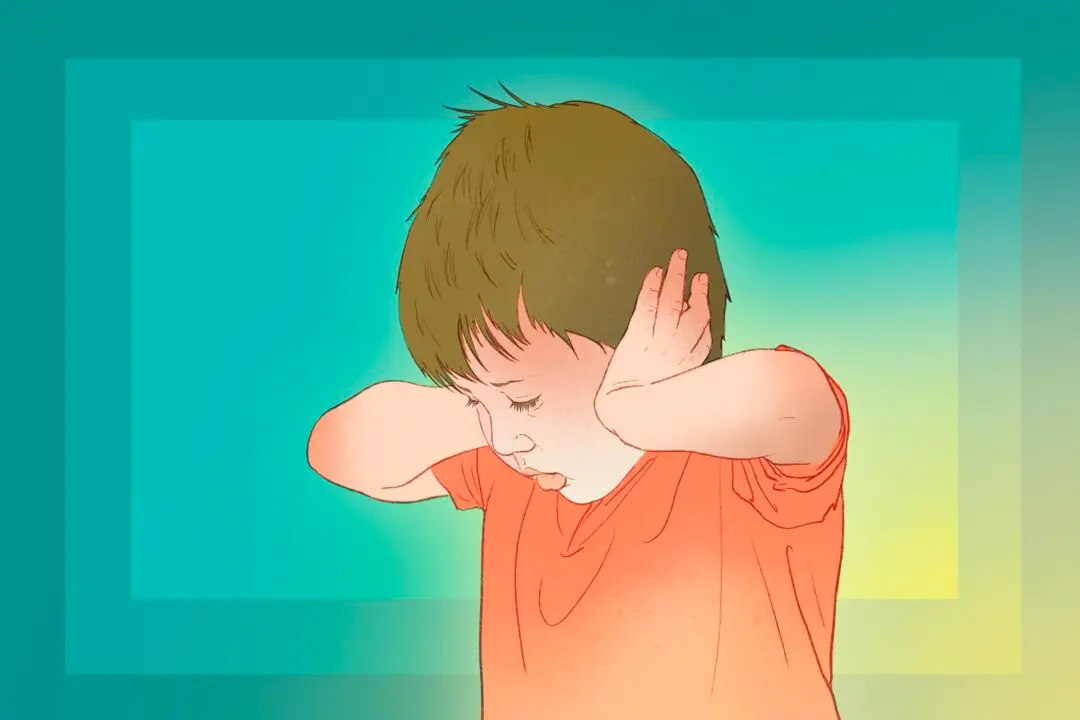Health Minister Greg Hunt says the federal government is in the advanced stages of determining which companies will manufacture mRNA vaccinations in Australia this week.
Currently, Australia imports all mRNA vaccines such as Pfizer and Moderna. The only COVID-19 vaccine manufactured domestically is AstraZeneca, which is an adenovirus vaccine.





